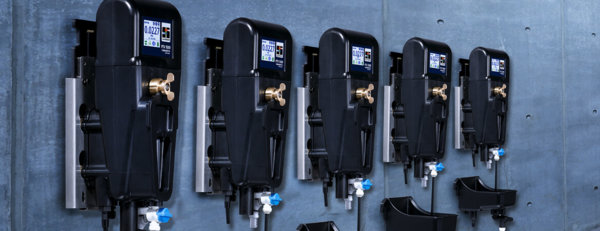Monitoring of the turbidity indicator parameter with a limit value of 1 NTU / FNU is one of the legal obligations of the operator of a water treatment plant and is considered to be met if this value is maintained at the outlet of factory. In-house laboratories usually perform these tasks and report the results to the responsible supervisory authority, in accordance with a defined sampling plan.
In the context of water treatment, there are also many applications of the turbidity parameter, which are most often carried out continuously with devices for measuring the turbidity of the process.
However, these are exclusively operational (internal) measures which do not have to comply with legal requirements, but only be carried out in accordance with generally recognized technological rules (in Germany these are the technical rules of the DVGW).
Examples:
Raw water, where a turbidity value of <0.2 FNU should be maintained for surface water disinfection without underground passage (percolation) before disinfection. This is ensured if the upstream filtration is monitored by continuous turbidity measurement.
Occasionally, a flocculation process may also be necessary to treat drinking water.
This involves adding substances that cause the particulate ingredients to clump together to form larger flakes. These can then be removed more easily by filtration.
To verify the complete removal of these flakes, continuous monitoring of the filtration device by means of turbidity is generally used.
The method described is often used in connection with the removal of iron and manganese.
In principle, continuous measurement of turbidity is subject to a lot of interference. These include air bubbles and inevitable impurities and deposits in the device, which can seriously interfere with the measurement.
The devices of the PTV series have been specially designed to minimize or prevent these disturbances (through an innovative integrated air bubble trap, simplified cleaning as well as developments in design and materials).


